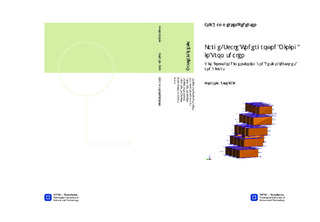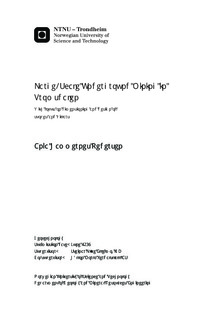| dc.description.abstract | The objective of this thesis is to estimate the stope dimensions for a future underground mine in Tromsdalen, Verdal. Additionally, the most favourable orientation of the stopes and possible stope layouts will be assessed. Initially, surface mapping was conducted and geotechnical features such as joint orientations, roughness, aperture and weathering were registered. The rock mass quality was assessed using the RMR and Q-system, and the results conclude a rock mass of fair to good quality. The surface mapping of the discontinuities in Tromsdalen founds the basis for evaluation of possible wedge failures in the stopes. The author has completed a small wedge analysis in Unwedge . This concludes that the largest stability issue is found in the roof of the stopes. Various layout options are assessed against safety, criteria from Verdalskalk AS, and economic viability. It is concluded that longhole drilling or simultaneous blasting of benches are the best options. The stope dimensions were assessed with the help of numerical analyses in Phase^{2}. Two vertical cross-sections through the mine was analysed. The following stope dimensions are evaluated: length 100-150 m, width 30 m, height 50 m. The rib and crown pillars were tested for a thickness of 15 m, which is considered unstable. An increase in the pillar thickness is advised, and a 3D analysis of the problem is recommended to get a more accurate image of the situation. The dimension of the stopes are most likely viable, but the author cannot recommend any final dimensions due to insufficient data. The orientation of the stopes are based on the principle of orienting the longitudinal axis of the stope in close proximity to the bisection line of the largest angle of intersection between the two major joint sets. This results in the most favourable stope orientation being approximately 298° NW. The author has also conducted a minor literature study regarding Norwegian underground mines. This was in order to gather information about their mine solutions which can be used as a basis for comparison in the authors investigation of large-scale underground mining in Tromsdalen. In conclusion, to better assess the stability of the rock mass and decide a final design of the underground mine, stress measurements have to be conducted. The application and knowledge about rock stresses in a mining area is of great importance for the development of the mine design. | nb_NO |

